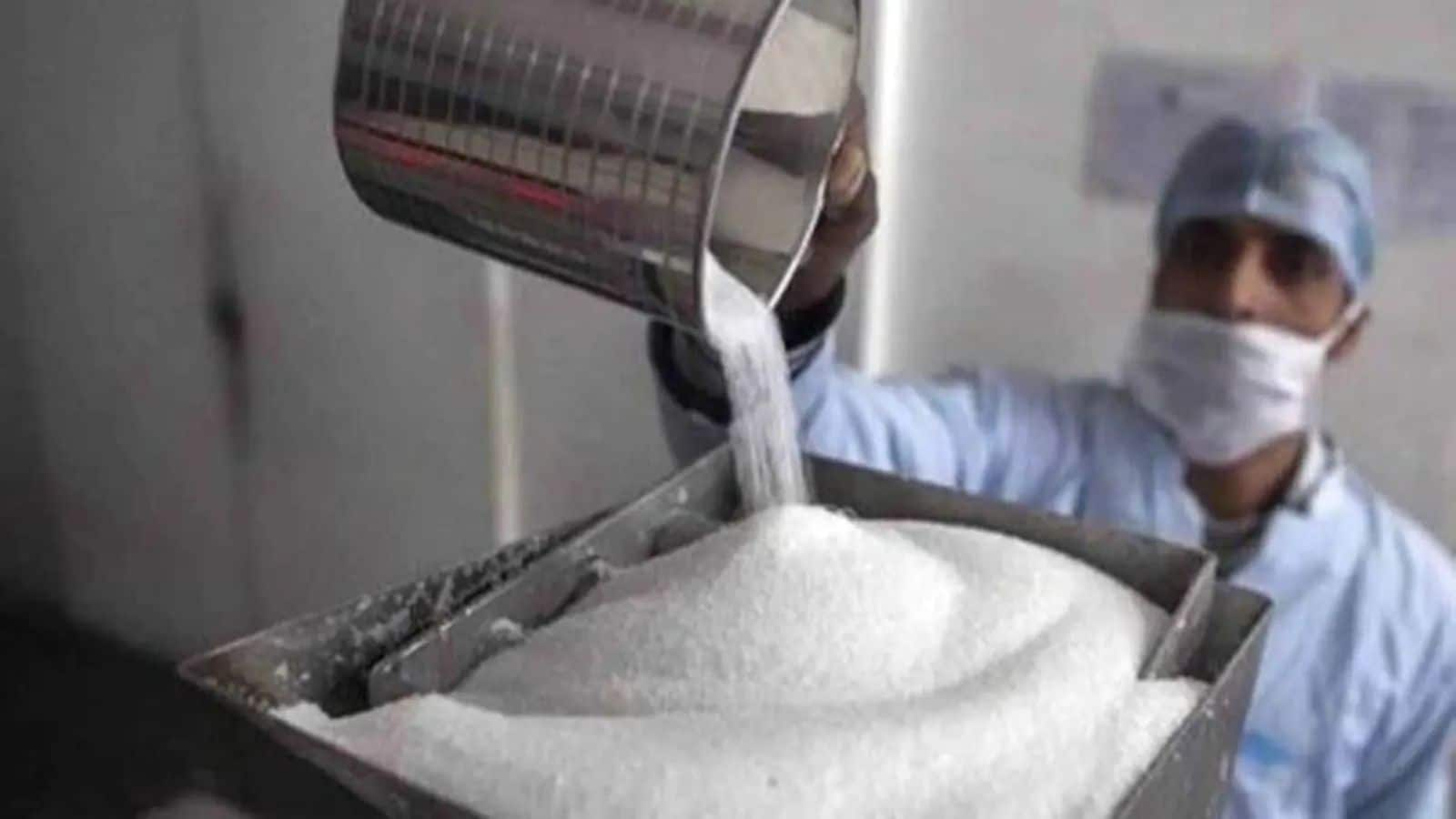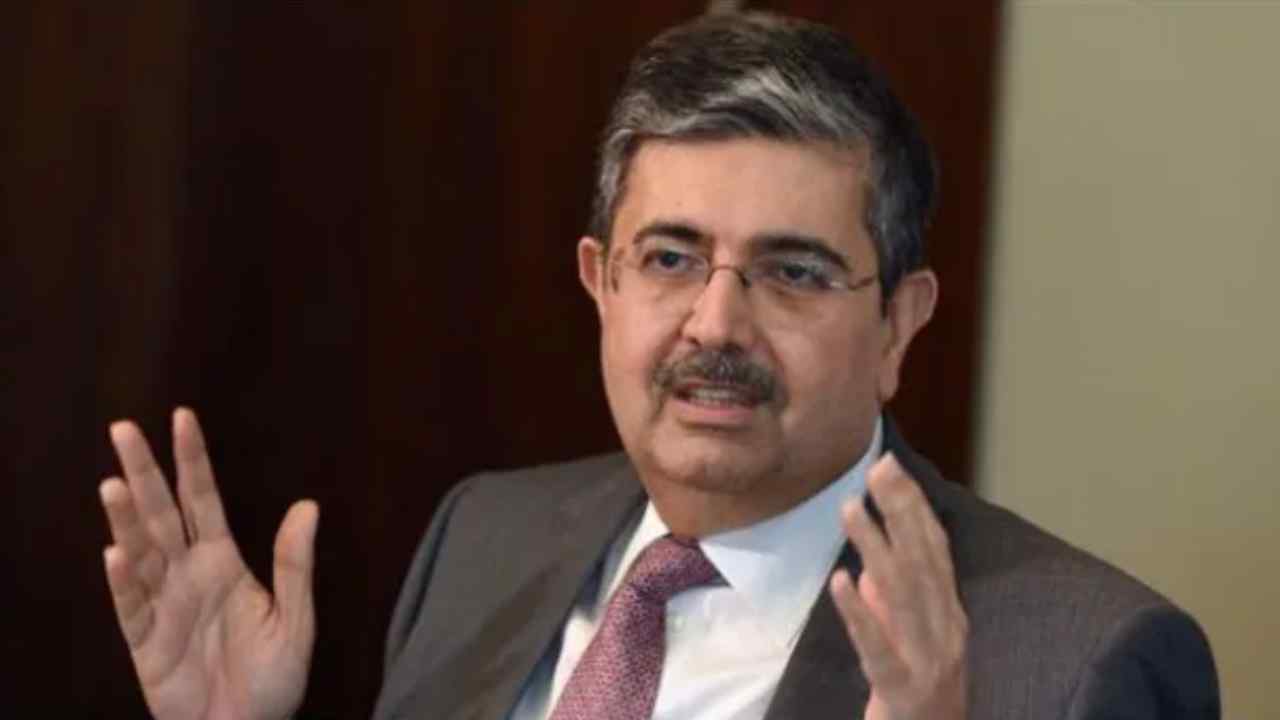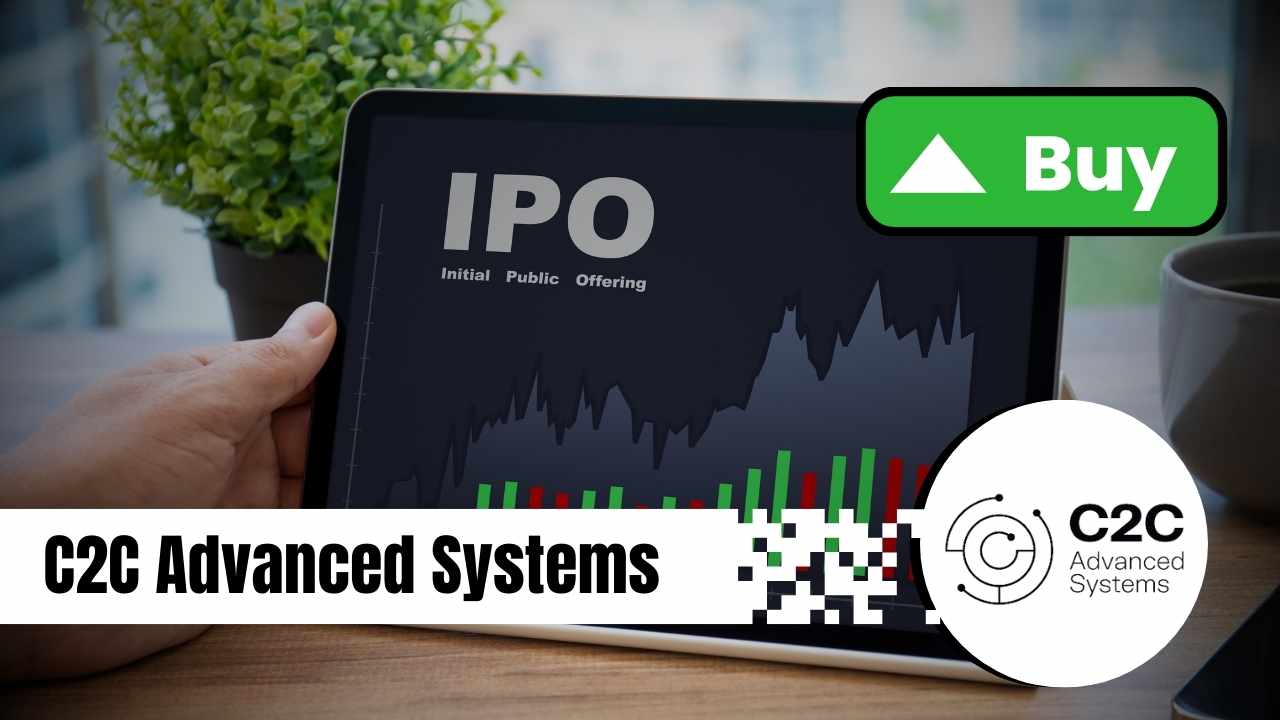Ethanol and Sugar Prices: Government’s Direction and Industry Insights
The Union Food Minister Prahlad Joshi recently highlighted the government’s consideration of proposals aimed at increasing the price of ethanol and the minimum support price (MSP) for sugar. As the sugar industry braces for future developments, the final decisions will depend on the forthcoming sugar production and availability. Since February 2019, the MSP for sugar has remained stable at ₹31 per kilogram, prompting discussions about its potential increase.
Industry Perspectives on Price Adjustments
With the proposed changes in mind, industry leaders are eager to weigh in on the government’s decisions. The anticipated shift could significantly affect the revenue landscape for sugar and ethanol production in India.
Significant Revenue Potential from Ethanol Production
Avantika Saraogi, Executive Director of Balrampur Sugar, expressed optimism regarding the recent lifting of the ban on producing ethanol from sugarcane. She noted that the industry could now maximize its ethanol production, with expectations that about 30% of revenue could stem from this sector. While she mentioned that the government’s policy would determine production levels, there’s anticipation of a good rise in ethanol prices over the coming years.
According to Saraogi, while there has been a historical correlation between ethanol prices and the increase of the Fair and Remunerative Price (FRP) for sugarcane, predicting the exact pricing trend remains challenging. However, with considerable investments being made by companies in ethanol production, a price uptick seems likely.
Demands for Long-Term Ethanol Policies
Gautam Goyal, the Managing Director of Dhampur Bio Energy, echoed Saraogi’s sentiments but raised concerns regarding the industry’s historical losses linked to capping ethanol production from sugarcane. With the ban now lifted, there’s hope that the government will adjust ethanol pricing appropriately. Goyal pointed out that no price increase was observed in the previous season, particularly during the challenging period marked by rising raw material costs.
He further emphasized the industry’s request for specific ethanol pricing: ₹72.5 per liter for ethanol derived from juice/syrup and ₹66 per liter for ethanol produced from B-heavy molasses. Industry leaders believe that an increase in prices is not just expected but essential for sustaining profitability in the sector.
The Necessity of Strategic Production Goals
Goyal also stressed the importance of establishing a long-term policy regarding ethanol to support sustainable growth. With sugar companies having invested heavily in ethanol production, achieving a target of 1,000 crore liters for the E20 blending requirement is crucial, especially considering the total ethanol production capacity is 1,250 crore liters. The focus remains on optimizing production capabilities to meet both domestic and blending needs.
Conclusion
As the Indian sugar and ethanol industries navigate these proposed changes, the collective sentiment points toward a critical juncture. The intertwined futures of sugar prices, ethanol production, and governmental policies will significantly influence the sector’s economic landscape. Industries are hopeful for positive adjustments that not only bolster their revenues but also secure a stable future for sugarcane farmers and producers alike.











